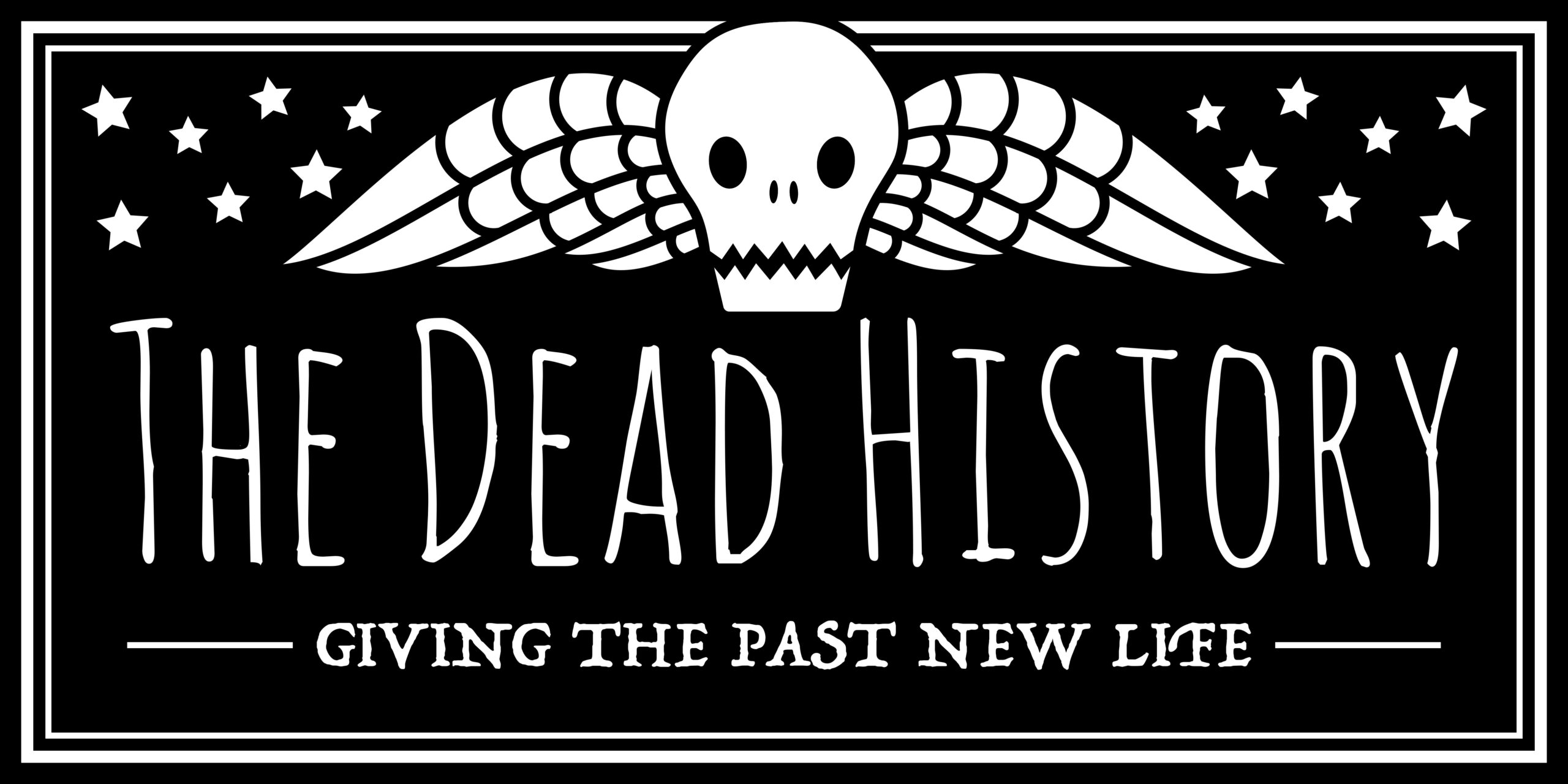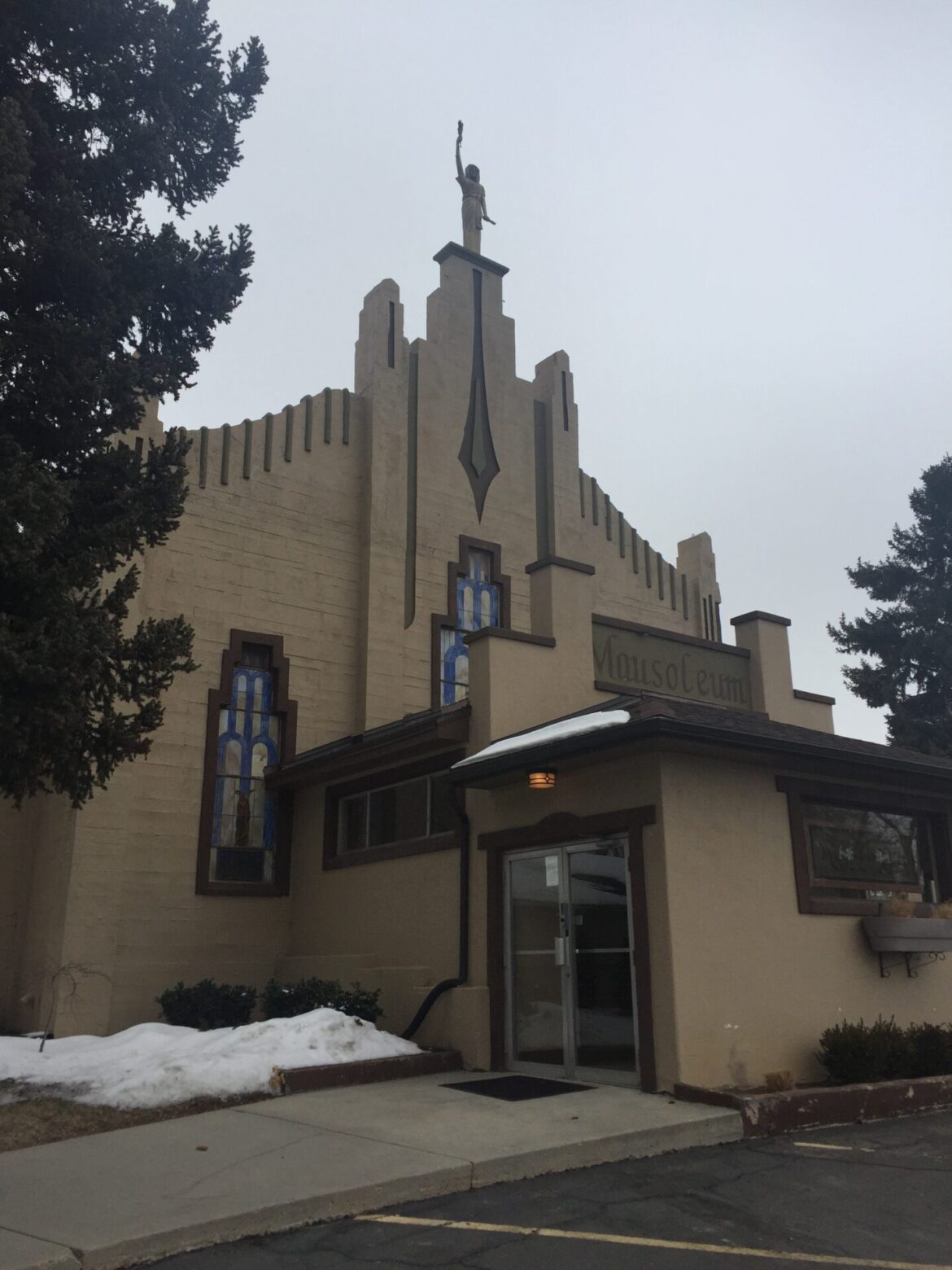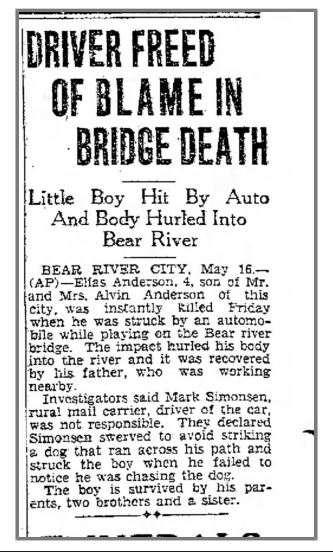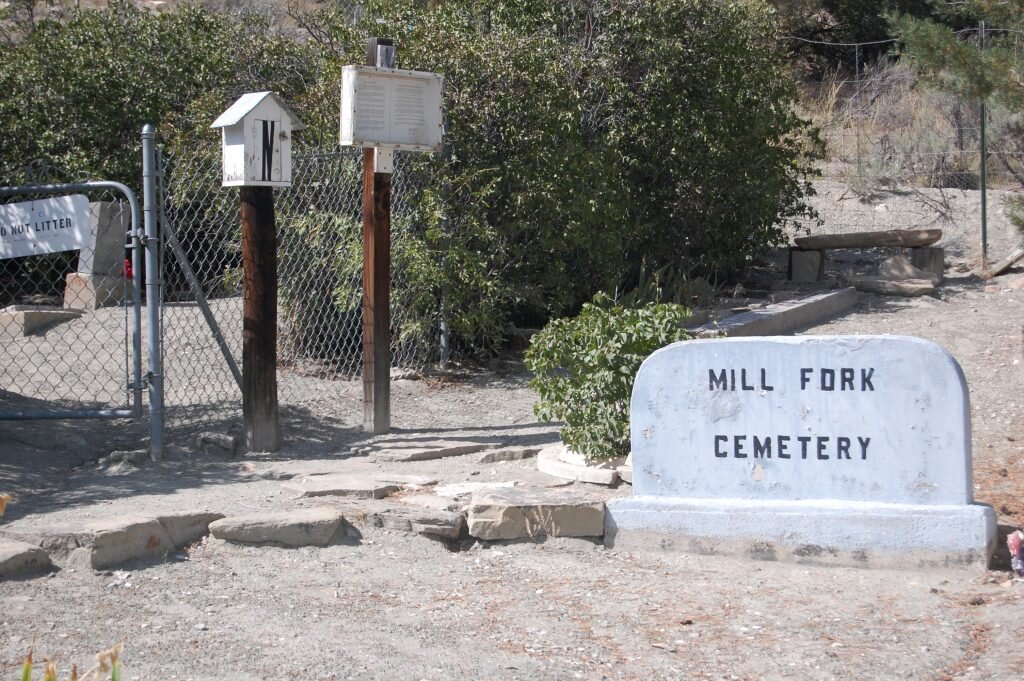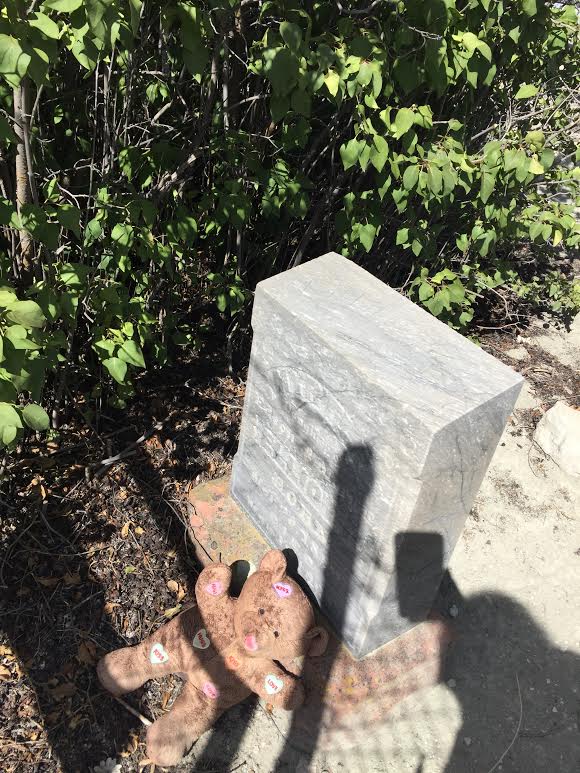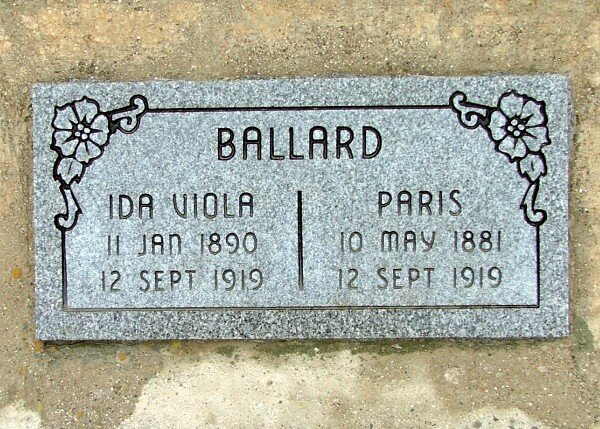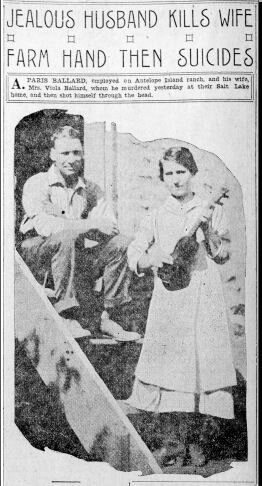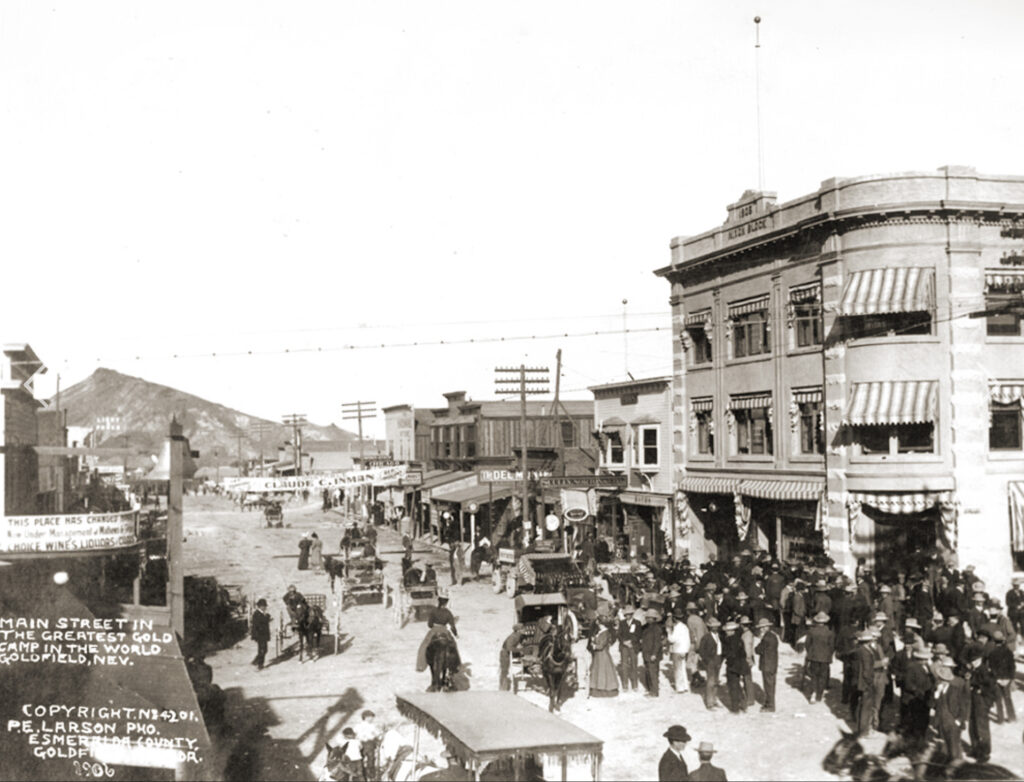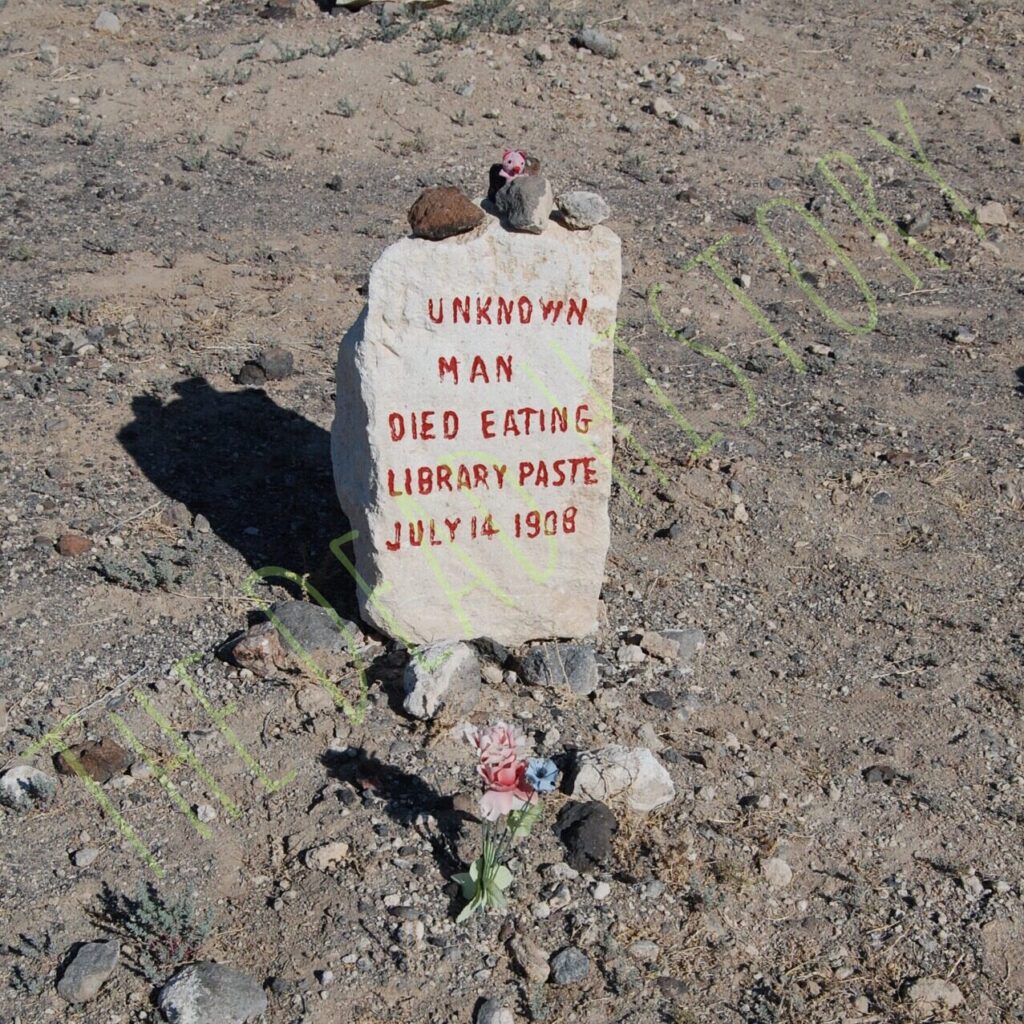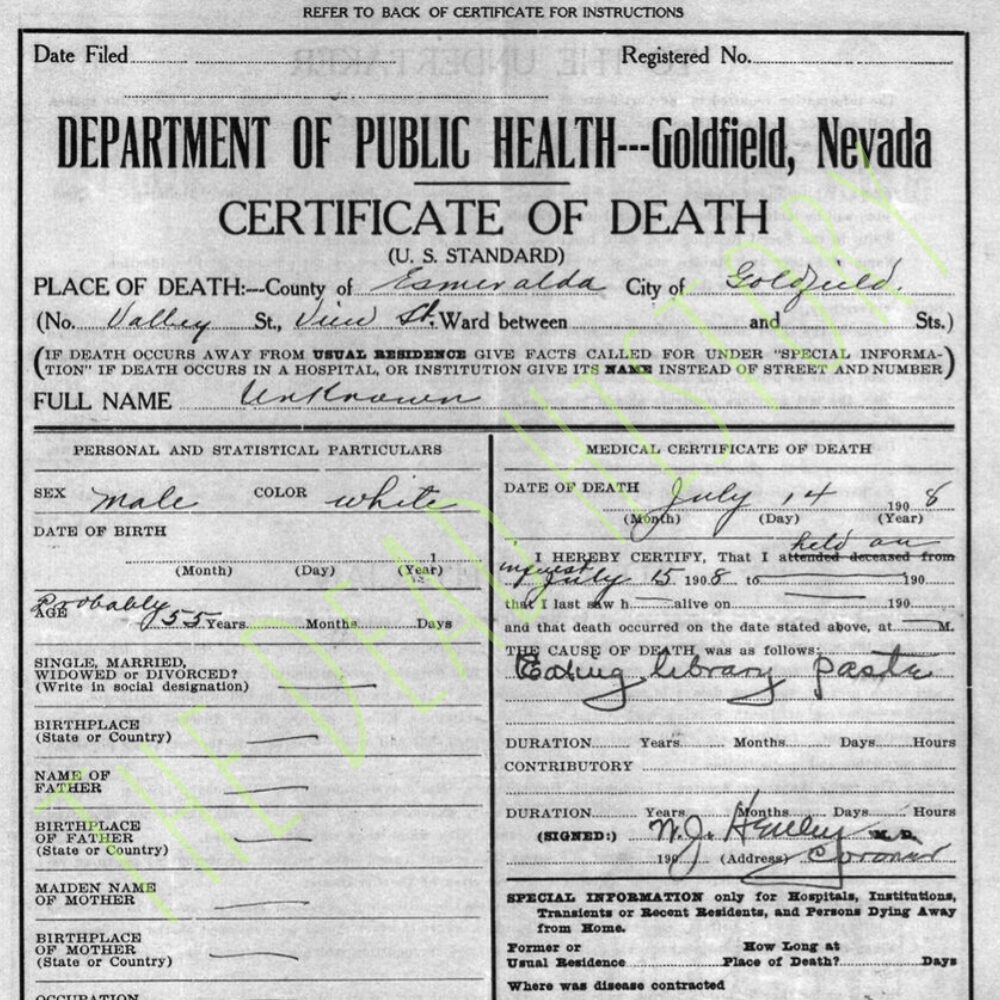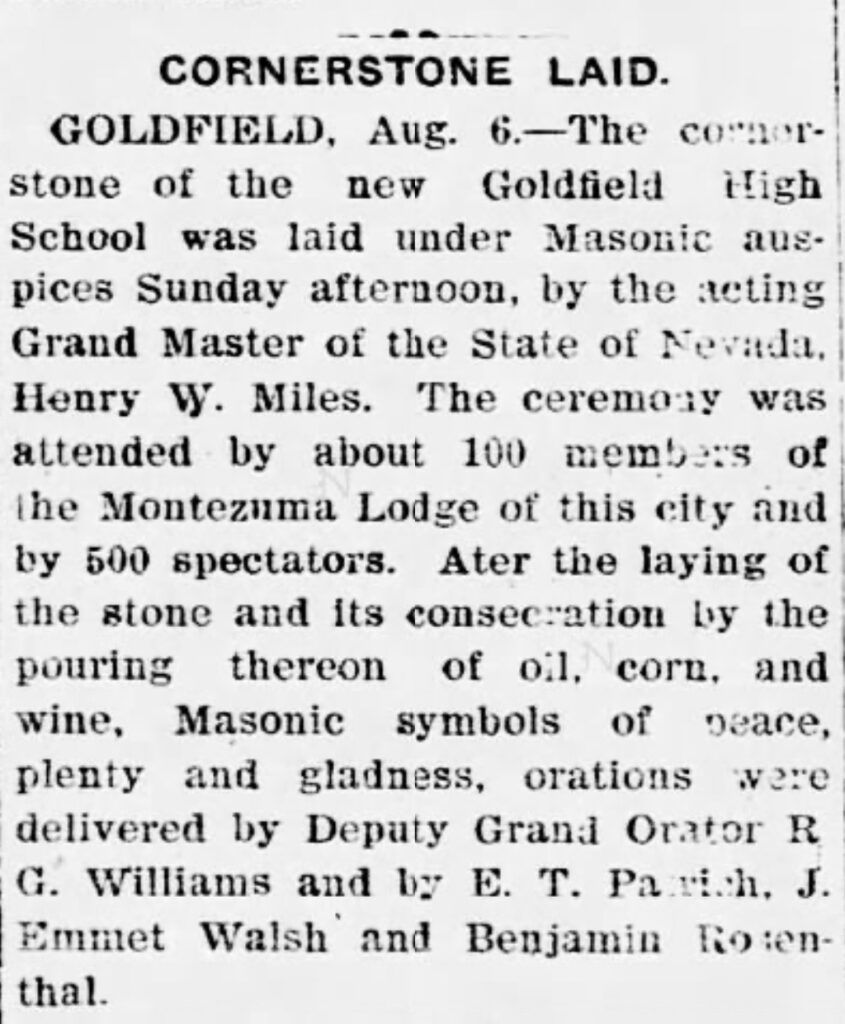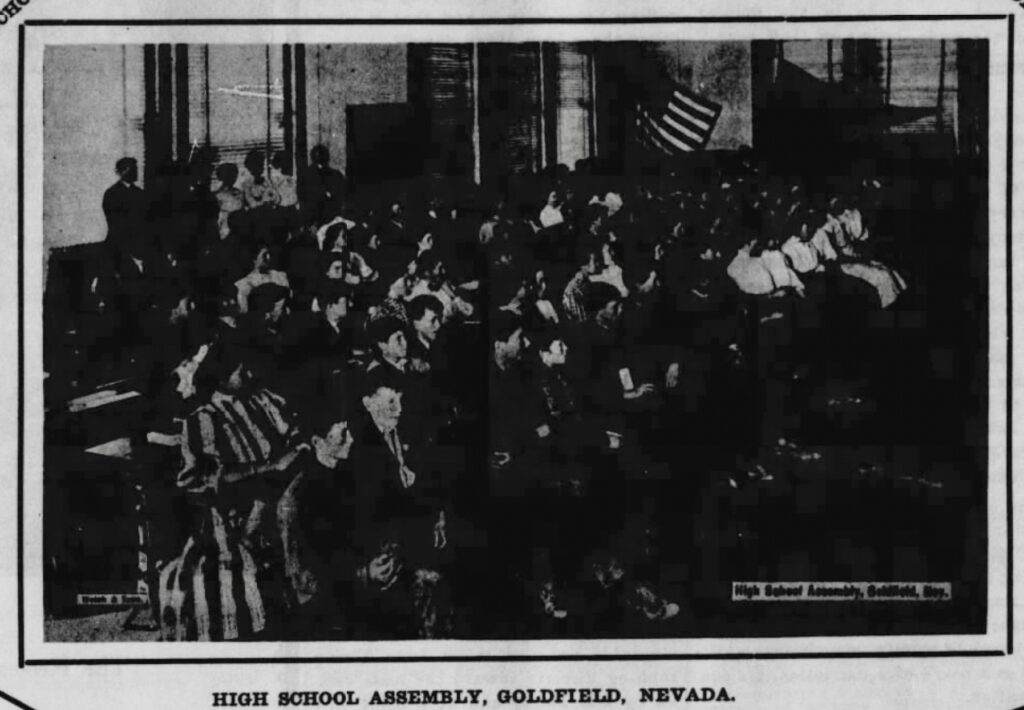A Long-Awaited Visit to Pennhurst
Like the Goldfield Hotel, Pennhurst State School and Asylum was on my Top 5 list of haunted places to visit. In Summer 2015, I traveled to Pennsylvania to see my family — giving me the perfect opportunity to explore it.
If you’re interested in Pennhurst’s history, there are some great resources available. Preserve Pennhurst provides historical preservation efforts, while The Pennhurst Project dives into personal stories. You can also read Pennhurst Asylum: The Shame of Pennsylvania for a deeper look at its tragic past.
We arrived at Pennhurst about 6 pm and while waiting for my friend Nick to arrive and let us in we wandered around the outside and took some pictures.
The Troubled History of Pennhurst
Pennhurst opened its doors for Patient No. 1 on November 23rd, 1908. Within just a few years Pennhurst was underfunded, understaffed, and overcrowded. As early as July 29th, 1913 there were reports of abuse at the institution. Authorities arrested and charged John Jacobs for beating two young men who didn’t move fast enough for his liking. He beat both of the men with a wooden club.
Financial Corruption and Mismanagement
By 1923 there were accusations of mismanagement of funds. The superintendent received a $5,000 annual salary ($79K today), along with a residence, an expensive car, two servants, and a chauffeur.
The Documentary That Exposed Pennhurst
In the 1960s, local reporter Bill Baldini released an eye-opening documentary. You can watch it here. At the time of its production, Pennhurst State School and Asylum housed 2,791d patients, most of them children. There were nine medical doctors on staff and eleven teachers, none of whom had any training in special education.
The Hauntings of Pennhurst
By the time Pennhurst finally closed its doors in December, 1987, over 10,000 people had passed through its doors. With such a long history of overcrowding, mistreatment, and suffering, it’s no surprise that many believe Pennhurst is one of the most haunted locations in the country.
It wasn’t until the location sat empty and caretakers began experiencing strange things that the site got the reputation as one of the most haunted locations in the United States.
Ghostly Encounters in the Quaker Building
Caretakers reported slamming doors, disembodied voices, and loud unexplained noises echoing through the buildings. But whenever they searched for trespassers, they found no one. The Quaker building is notorious for shadowy figures and full-bodied apparitions. One of the most commonly seen is a young girl with long black hair. Visitors to the Quaker Building report being shoved and scratched, while unseen forces hurl objects across the seemingly empty room.
In the Limerick Building, witnesses have seen an apparition of a nurse dressed in an old-fashioned uniform.
Final Thoughts: A Place You Never Forget
Having spent some time inside Pennhurst I can vouch that the place feels heavy. The history of what took place here still hangs in the air. It’s one of those places that you just will never forget the feel of.
Asylums have long been the setting for dark and disturbing stories—but not all of them come from within their walls. One particularly chilling case, involving a murderous clown with ties to an institution, proves that sometimes, the real horror isn’t the hauntings—it’s the history. Read the bizarre true story here.
